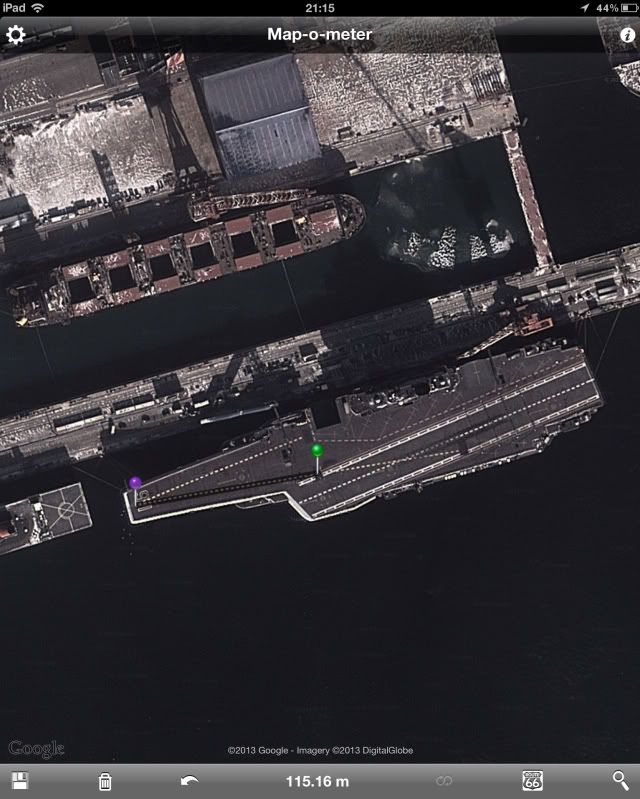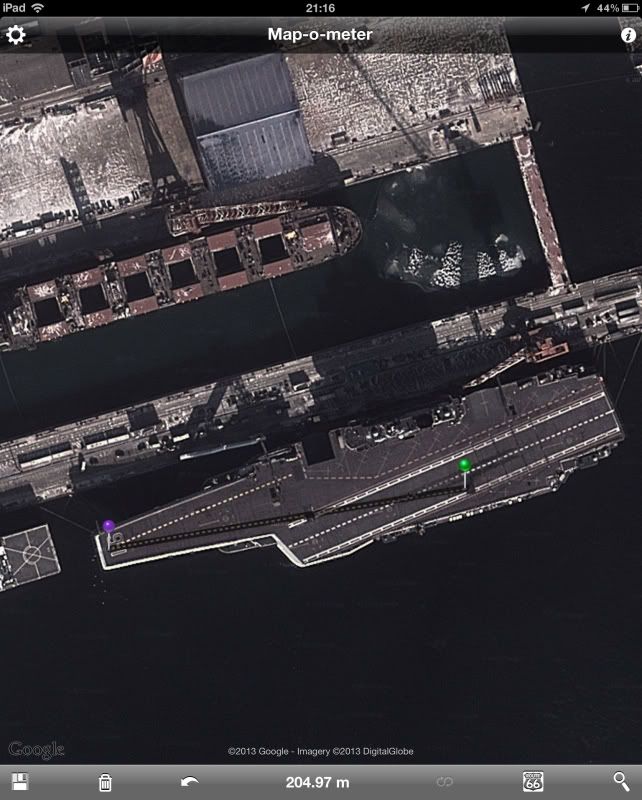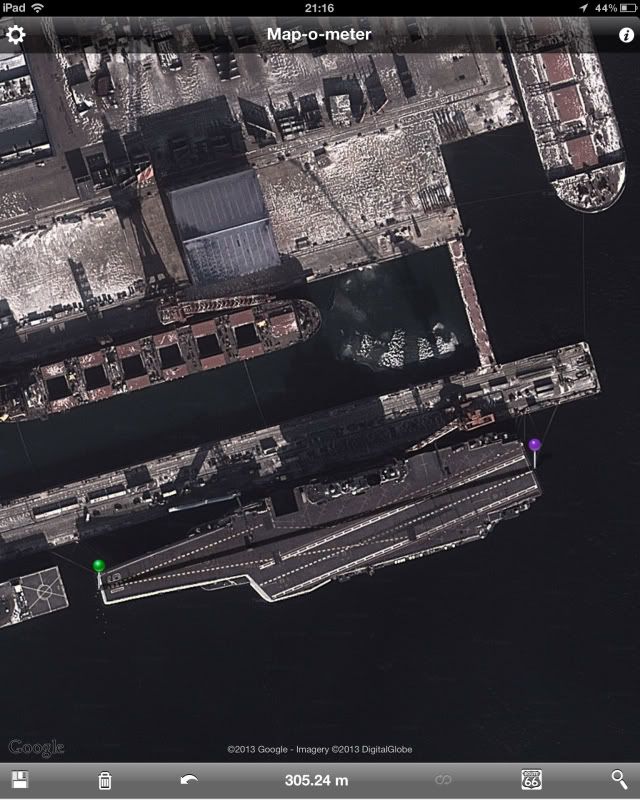asif iqbal
Banned Idiot
Which is the primary and which is the secondary launch position?
Which is the primary and which is the secondary launch position?
Well, look at it this way, at least the deck is washed clean right? No more deck scrubbing.
The lack of a catapult is really a limitation for the Liaoning. I never seen a Flanker take off from her deck with more than 4 ordinance. Two small rockets on the side (PL-5?) and 2 PL-12 or 2 small bombs. For air to air missions the Flankers should take off with at least 6 to 8 AAM missile's and for anti shipping missions it should take off with at least 2 YJ-83 missile's and 2 AAM missile's for self protection. The YJ-83 load are heavier so i expect those planes to take off from the back position and with 6 to 8 AAM missile's they should be able to take off from the front. That we haven't seen it happen in the few seconds of videos it doesn't mean it didn't happen or that they can't. But it will be nice to have some confirmation that they can.
The Russian videos are no better as they usually show them take off with just 2 AAM missile's from the Admiral Kuznetsov. Once again based on that few seconds of video is hard to judge their real capabilities. I have seen a video with the MiG-29K take off with a quite a heavy load from the INS Vikramaditya.
The forward station is the primary, the aft is the secondary
The forward station is the primary, the aft is the secondary as you have to "work around" every thing that happens aft, trapping aircraft, refueling, ordinance. So the secondary is for mission specific load outs that require the extra length to accelerate to minimum fly away airspeed. Note the poster states that with the heavier load-outs, the aircraft is unable to fly-away from the carrier prior to accelerating to a higher airspeed in "ground effect". Also note that on the video above that escobar posted, coming off the ramp the aircraft is at a higher angle of attack. At lower airspeed and altitude to reduce the angle of attack is to sink, (note if you have a flight sim, you will get an automated voice repeating "don't sink" , don't sink",) so while this pitch angle is very draggy, at heavier weights you will be "critical" in regard to pitch and airspeed...
Now, if your airspeed begins to "decay", your are in full-burner, you must allow the aircraft to sink toward the water by slightly reducing pitch, in older vids you will note aircraft that lightly sink toward the water after coming off the deck, as the airspeed comes up to best angle of climb, you will lightly pitch the aircraft nose up to maintain "best angle" until all obstacles are cleared, then you allow it to accelerate to "best rate of climb". That's why most missions will be flown with the minimum fuel and load-out to accomplish that specific mission+the required fuel reserve for contingencies, whether they be weather or traffic, finding the ship etc, etc.
I don't know, from my reading, they were referring to the forward position as 'secondary', what with the mention of 195M (which I read as 195 meter, as in take off run) and the lighter max load quoted.
If the secondary is the aft launch position, and they only managed to take off with 7.5t internal fuel and 10 AAMs (less than 3t based on the 3t weight given for 12 AAMs), how did they manage to take off with 9t internal fuel and 5t ordinance 2-3 times?
According to pb19980515 on CJDBY:
Translation:
The J-15 can carry 9 tons of internal fuel with 5 tons of ordnance.
- Anti-Shipping: 5 x YJ-83K, 2 x AAM (PL-8?) (Approx. 3.7 tons load-out)
- Anti-Surface: 6 x 500 KG LGB or JDMA or KD88A, 2 x AAM (Approx. 3.5 tons load-out)
- Air-to-Air: 8 x PL12C, 4 x PL-10 (Approx. 3 tons load-out)
From the secondary launch position the J-15 can carry 7.5 tons of internal fuel, 6 x PL-12C, 4 x PL-10. This is the carrying ability from the 195M launch position.
These were the data gathered from flight testing.
As for the 9 ton fuel + 5 ton ordnance load-out, it only flew 2~3 times. The specifics of what it was carrying we won't talk about for now.
--- End translation ---
This poster also said later that with the 9 ton fuel load-out, the J-15 remained flat at 60M above surface for 300M after take-off. He identifies himself as a member of the data-collection team that's on-board the Liaoning during some of the trials, including the recent SCS deployment.



Can J-15 really carry 14 tons of load and you are saying 9 tons of that is internal fuel? I would think that it's 9 tons with a drop tank?
Did someone not a while ago a graph of the different launch positions and take off weights if someone can find that it would be good
Btw the two parallel launch positions infront of the island I measured to be 115m with the secondary launch position to be 205m I measured the full carrier lengthy as 305m which is known length of the carrier so I think they might be correct anyone got official figures?
From the secondary position the fighter has extra 90m of runway, I am guessing that full load of 14 tons is only capable from the secondary launch position and not the primary launch positions
Primary launch 115m

Secondary launch 205m

Full carrier length 305m

I think Su-33 can carry 9 tons of internal fuel. And internal fuel usually isn't included in payload.
As for the graph and summary you're talking about, I'll link it below.
http://www.sinodefenceforum.com/nav...-programme-news-views-44-6479.html#post247737
